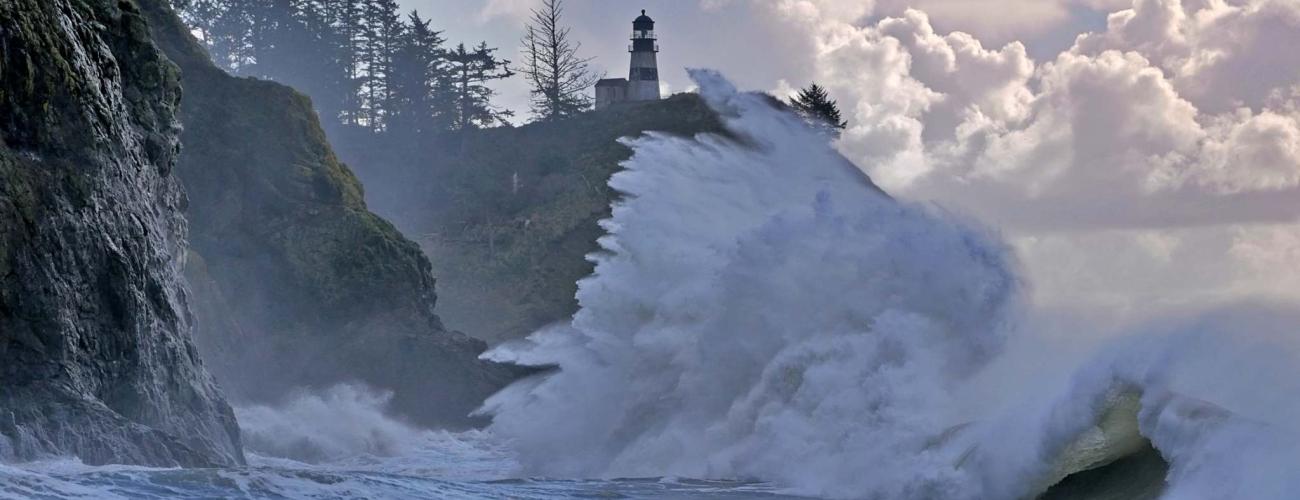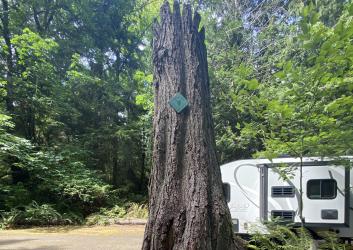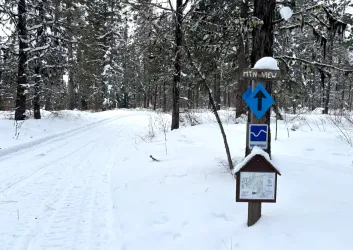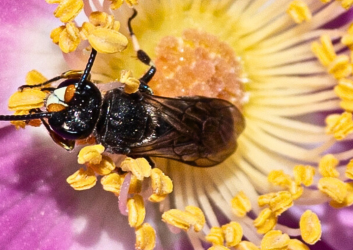The King Tides are coming
by Aaron Webster, Interpretive Specialist, Cape Disappointment State Park
The earth, moon and sun are locked in a complex but predictable dance that helps produce the tides. These tides change from day to day, but in patterns that repeat in monthly and yearly cycles. These celestial bodies conspire in winter to bring the biggest tides of the year – the king tides.
Mid-December will bring king tides Dec. 13 through Dec. 15, and they'll return in mid-January, on Jan. 11 through Jan. 13. (Check Washington Sea Grant for tide schedules around Washington.)
It’s important to know that king tides don’t always coincide with big waves, but when they do, the results are spectacular! So, keep your eye on the wave and weather forecasts during these times to make the most of your visit.
What causes tides?
The moon revolves around the earth once every month, causing monthly patterns in the tides. The earth revolves once around the sun every year, causing yearly patterns in the tides. King tides happen when these monthly and yearly patterns coincide to produce the highest (and lowest) tides of the year, typically in January and July.
Gravitational attraction between the sun, earth and moon pulls the ocean water up, which creates two bulges in the ocean surface, one on either side of the earth.
Consider: Why would there be a bulge on BOTH sides?
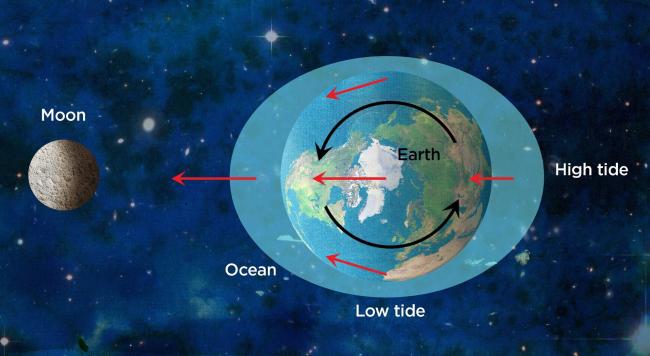
Over the course of the day, the sun and moon don’t move much, but the earth spins once around. So, the bulges are mostly stationary and as we pass through them and we usually only experience two high and two low tides per day. In Washington, these two high tides are usually unequal, but as you move toward the equator, they become more equal.
Consider: Why are the two high tides unequal in our area?
Let’s take a closer look at these monthly and yearly cycles.
As seen below, these bulges sometimes line up, creating extra high tides called spring tides. Spring tides are named as such because the water "springs up.” These happen twice a month at the full and new moon.
Spring tide bulges vary in size depending on how close the earth is to the sun or moon.
What makes a king tide
In January, the earth makes its closest approach to the sun. This makes Spring tides extra high in December and January, creating what we call king tides. Other things can affect the height of tides including the shape of the ocean floor, latitude, atmospheric pressure, and even the tilt of the earth.
Consider: Why do we have King Tides in July, when the earth is furthest from the sun?
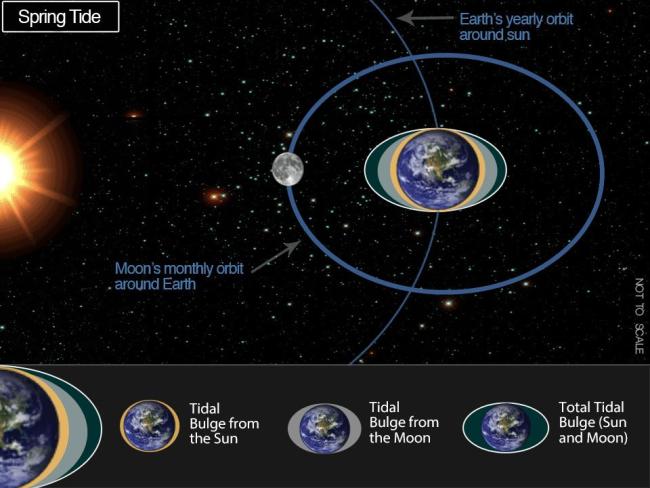
Washington's tides
Tides vary widely across the globe, even on the same day. Our king tides are higher than Hawaii’s, but lower than in parts of Alaska. When these tides approach the shore, they “feel” the sea floor of the in the same ways that regular waves do.
Each wave or tide has a sort of imaginary circle underneath it. The size of the circle depends on the size of the wave. An ocean wave has a circle that's anywhere from a foot in diameter to 100 feet in diameter. When this circle touches the sea floor, the wave changes shape, in part, because of friction. The wave will continue to change shape as it travels through even shallower water.
When a regular wave approaches shore, it grows taller in height but gets shorter in length because of the way the “bottom” of the wave drags on the bottom of the ocean.
Tides work the same way. The tide is like a giant wave with a huge circle beneath it. So, our relatively wide and shallow continental shelf amplifies the height of the tide and creates the opportunity for massive king tides to hit the shore.
Consider: What other ways are tides like waves?
The tides also affect river currents. For example, high tide acts like a dam at the mouth of the Columbia – the river backs up behind the dam and even flows backward for a short distance.
It’s important to watch from a safe distance and respect any closures you may encounter.
One of the best places for wave watching is Cape Disappointment State Park in the southwest corner of the state. When the tide is high (over 8 feet), huge waves crash into the cliffs.
The Lewis & Clark Interpretive Center at Cape Disappointment is a great wave watching spot because it’s perched high on a cliff overlooking the Columbia River Bar.
Beware of sneaker waves and stay off beaches during winter storm events. Sneaker waves are much bigger than normal waves and they “sneak up on you” because they are infrequent. You might see 10 or 20 minutes of “regular” waves and then all of the sudden - WHAM - here comes a double-size wave that washes all the way up the beach, carrying driftwood logs and other dangers. For the best wave watching experience, follow the weather and wave forecasts and look for a day when big waves, high tides, and sunny skies combine.
Stay safe, have fun!
As I began to write this piece, providing a solid explanation in such a short space seemed impossible. But I hope this entry into the science of king tides provided answers, generated questions and ultimately leads to more research among those of you interested in this fascinating topic.
I hope you’ll go out to one of our beautiful State Parks to view the upcoming King tides. This time around they may coincide with some sizeable waves, so be careful and stay off the beaches. These events don’t just produce great pictures, they also provide a glimpse into the future of rising sea levels.
Today’s King tides are the regular high tides of tomorrow!
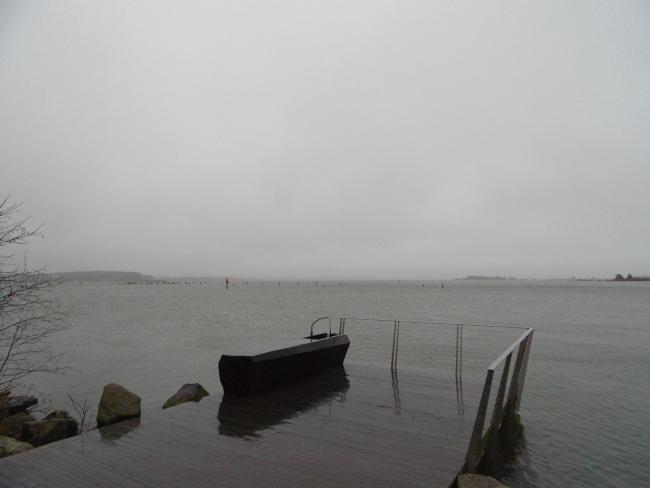
Originally published December 06, 2024

